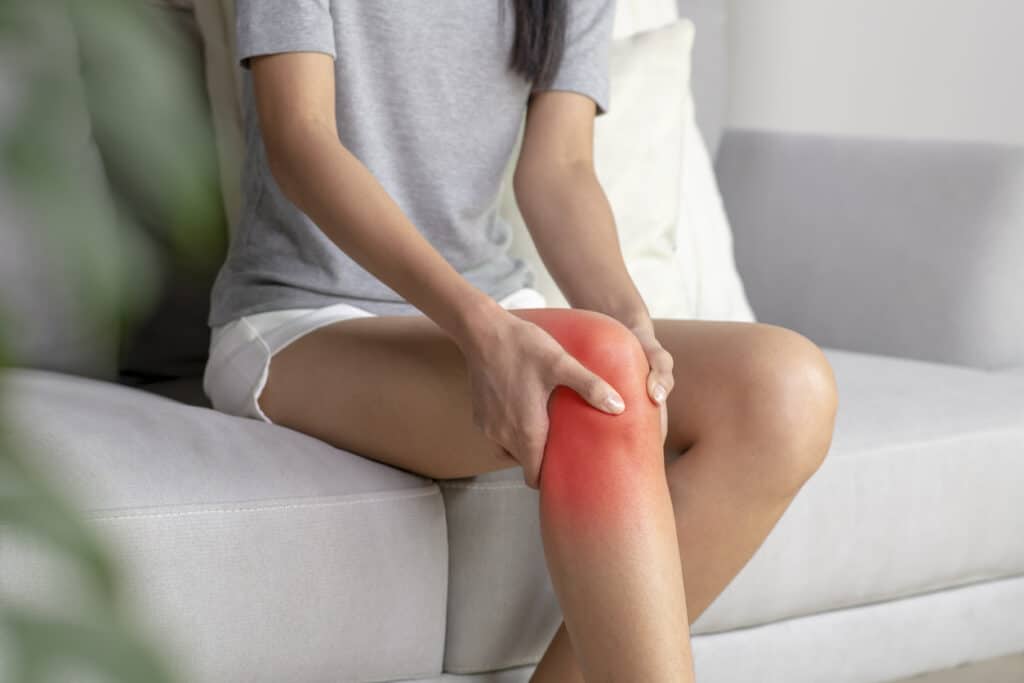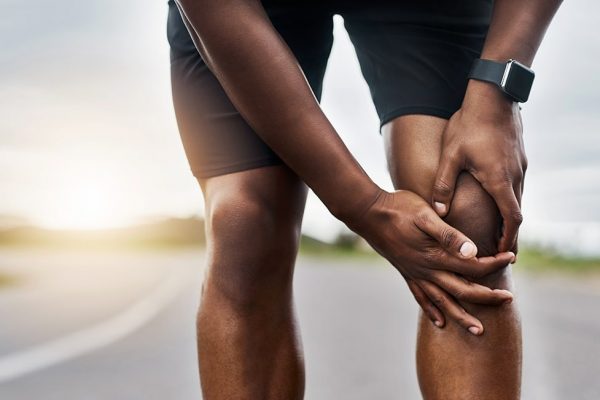
Patellar tendinopathy, or jumper’s knee, is an overuse injury affecting the tendon between the kneecap and shinbone. Common in athletes who jump and run, it can affect anyone. But does inactivity worsen it?
Understanding Patellar Tendinopathy
Before delving into the impact of inactivity, it’s crucial to understand what patellar tendinopathy is. The condition is characterized by pain and tenderness around the patellar tendon, primarily where it attaches to the patella. This pain can range from mild discomfort to severe, debilitating pain that interferes with daily activities. Patellar tendinopathy occurs due to repetitive stress on the tendon, leading to microtears and degeneration of the tendon fibers. This condition is not inflammatory in the traditional sense but rather degenerative, indicating a breakdown of the tendon’s structure.
The Role of Activity in Tendon Health
Tendons are made of collagen fibers that adapt to the loads placed on them. Regular, appropriate exercise helps maintain tendon health by stimulating collagen production and ensuring the fibers remain strong and flexible. However, both overuse and underuse can be detrimental.
1. Overuse: This is the primary cause of patellar tendinopathy. Repetitive stress without adequate recovery leads to microtears in the tendon, causing pain and dysfunction.
2. Underuse: Inactivity can also negatively impact tendon health. When tendons are not subjected to regular loading, they become weaker and less resilient. This reduction in strength and flexibility makes them more susceptible to injury when activity is resumed.
Does Inactivity Make Patellar Tendinopathy Worse?
The simple answer is yes, inactivity can exacerbate patellar tendinopathy. Here’s how:
1. Decreased Tendon Strength: Without regular exercise, the collagen fibers in the tendon can weaken. This reduction in strength makes the tendon more prone to injury when activity is resumed.
2. Reduced Blood Flow: Regular activity promotes blood flow to the tendons, providing essential nutrients for repair and maintenance. Inactivity can lead to reduced blood flow, slowing the healing process and making the tendon more susceptible to further damage.
3. Muscle Atrophy: Inactivity can lead to muscle atrophy, particularly in the quadriceps and surrounding muscles that support the knee. Weak muscles place additional stress on the patellar tendon, exacerbating the condition.
4. Joint Stiffness: Lack of movement can lead to joint stiffness, which can alter movement patterns and place additional stress on the patellar tendon.
The Importance of a Balanced Approach
Managing patellar tendinopathy requires a balanced approach that avoids both overuse and underuse. Gradual, controlled loading of the tendon is essential to stimulate healing without causing further damage. This is where professional guidance from physiotherapists and chiropractic doctors becomes invaluable. You can start with low impact exercise like walking for patellar tendinopathy. Make sure to listen to your body and your healthcare provider.
How CARESPACE Can Help
At CARESPACE, we understand the complexities of managing conditions like patellar tendinopathy. Our multidisciplinary approach ensures that each client receives personalized care tailored to their specific needs. Here’s how our team can help:
1. Comprehensive Assessment: Our physiotherapists and chiropractic doctors work together to conduct a thorough assessment of your condition. This includes evaluating your movement patterns, muscle strength, and tendon health to identify the root cause of your pain.
2. Personalized Treatment Plans: Based on the assessment, we develop a personalized treatment plan that combines the expertise of various practitioners. This may include physiotherapy, chiropractic care, exercise therapy, and nutritional guidance to address all aspects of your condition.
3. Controlled Loading Exercises: Our physiotherapists design specific exercises to gradually load the patellar tendon. These exercises aim to strengthen the tendon without causing additional stress. They also focus on improving muscle strength and flexibility to support the knee joint.
4. Manual Treatment: Chiropractic doctors at CARESPACE provide manual therapy to improve joint mobility and reduce pain. Techniques such as joint manipulation and soft tissue treatment can help alleviate tension and promote healing.
5. Education and Prevention: Educating clients about their condition is a key component of our care. We provide guidance on activity modification, proper biomechanics, and preventive strategies to avoid future injuries.
6. Holistic Approach: At CARESPACE, we take a holistic approach to health and wellness. In addition to addressing the physical aspects of patellar tendinopathy, we also consider factors such as nutrition, mental health, and overall well-being. Our team of dietitians, psychotherapists, and other practitioners collaborate to ensure comprehensive care.
The Synergy of Physiotherapy and Chiropractic Care
The collaboration between physiotherapists and chiropractic doctors is a cornerstone of our approach at CARESPACE. Here’s how they work together to manage patellar tendinopathy:
1. Integrated Care: Physiotherapists focus on exercise and rehabilitation, while chiropractic doctors provide manual treatments and adjustments. This integrated care ensures that all aspects of the condition are addressed, promoting faster and more effective healing.
2. Coordinated Treatment Plans: By working together, our physiotherapists and chiropractic doctors develop coordinated treatment plans that complement each other. This ensures that clients receive a seamless and comprehensive approach to their care.
3. Communication and Collaboration: Regular communication and collaboration between practitioners ensure that clients receive consistent and cohesive care. This team-based approach enhances the effectiveness of the treatment and helps clients achieve their health goals.
Inactivity can indeed make patellar tendinopathy worse by weakening the tendon, reducing blood flow, causing muscle atrophy, and leading to joint stiffness. Managing this condition requires a balanced approach that includes controlled loading exercises, manual therapy, and comprehensive care. At CARESPACE, our multidisciplinary team of physiotherapists and chiropractic doctors work together to provide personalized, coordinated care that addresses the root causes of patellar tendinopathy and promotes long-term healing and well-being. Whether you’re an athlete or someone dealing with chronic knee pain, we are here to help you achieve your health goals and live your best life.




